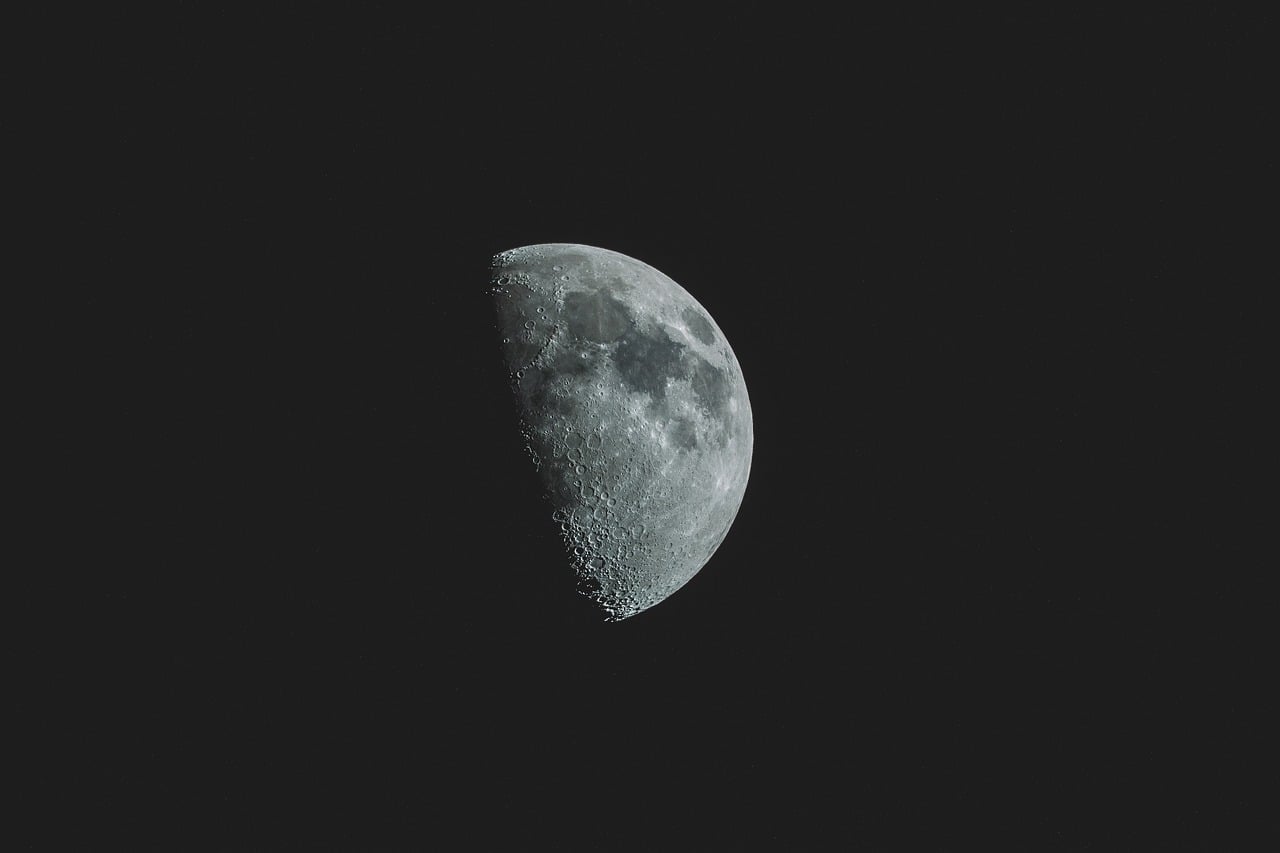Researchers have discovered a large mass of material which is located beneath the largest crater on the moon, which is also considered to be the largest in the solar system. This mysterious anomaly beneath the moon’s crater is located near the Moon’s South Pole-Aitken basin, and researchers believe that it may hide the metal that came from an asteroid that crashed into the Moon. It’s interesting to note that the hole measures 5 times the size of Hawaii’s Big Island.
It’s no secret that the moon is dotted with craters made mostly by asteroid impacts, as well as collisions with other celestial materials. However, this mysterious anomaly, reported in the journal Geophysical Research Letters by Baylor University, could give more insight into the moon’s geological history.
“Imagine taking a pile of metal five times larger than the Big Island of Hawaii and burying it underground. That’s roughly how much unexpected mass we detected,” author Peter B. James said in a statement.
Learning more about this mysterious anomaly beneath the moon was nowhere near easy. The researchers at Baylor University had to prepare different datasets which were collected by different spacecraft surveying Earth’s only natural satellite. The instruments measured the gravity of the moon and then researchers used that data to compare it to the imaging maps of the moon’s surface. The comparison revealed a dense metallic mass which was covered on the floor of the basin in the south pole of the moon.
“We did the math and showed that a sufficiently dispersed core of the asteroid that made the impact could remain suspended in the Moon’s mantle until the present day, rather than sinking to the Moon’s core,” James said.
While the researchers don’t have a definite answer to what could be hiding in the crater, James and his team believe that it’s a metal suspended inside the moon’s mantle, caused by the asteroid impact around 4 billion years ago, during the early days of the solar system. If that turns out to be true, researchers could have more information for studying the history of the universe. More importantly, a sample of that metal could reveal how the impact really occurred, and what the solar system looked like 4 billion years ago.
“[The basin is] one of the best natural laboratories for studying catastrophic impact events, an ancient process that shaped all of the rocky planets and moons we see today,” James said.
While the discovery and understanding of this mysterious anomaly beneath the moon is breathtaking for the researchers, for us average Earthlings, it’s not quite as spectacular, as the crater is only visible on the far side of the moon, which is never visible to us.





